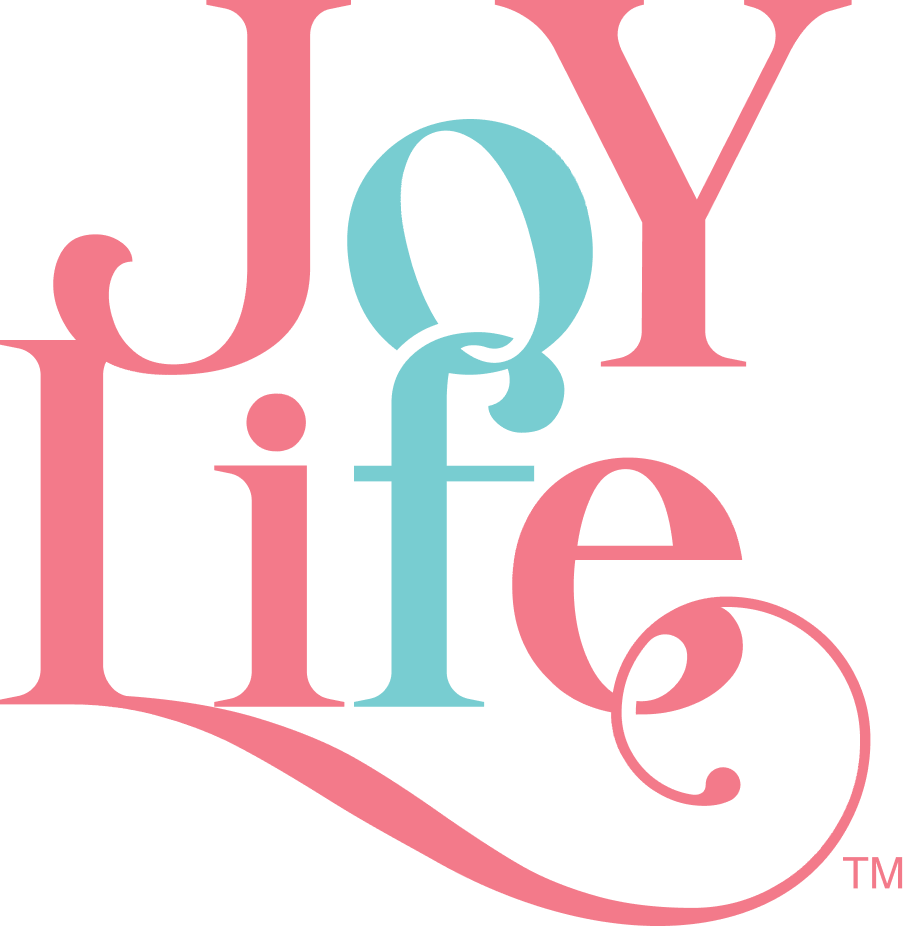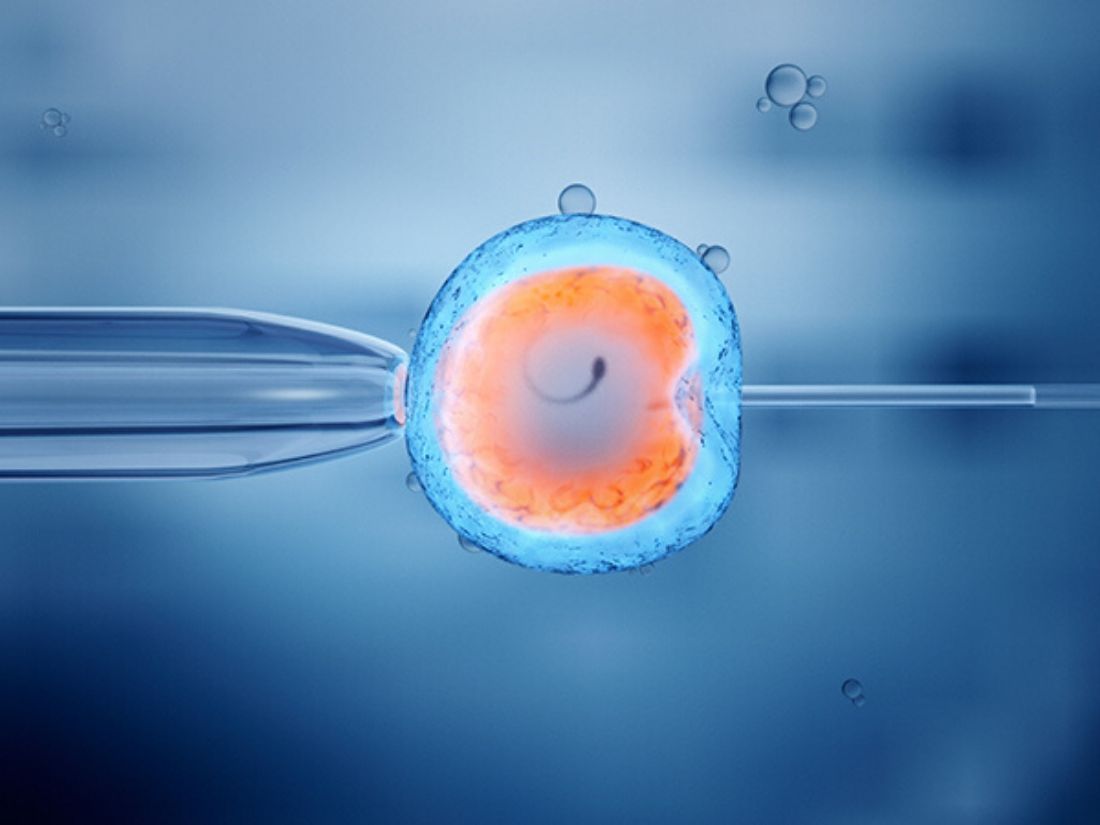IVF is not an overly complex process to understand. Here at Joy of Life®, we believe that our surrogates and intended parents should be well-informed and that’s why we’ve put this article together to inform you about in vitro fertilization. So, what is IVF treatment?
IVF Procedure Decoded
In vitro fertilization, also known as, IVF, is the scientific process in which human life is created in the laboratory through a series of medical procedures. Eggs and sperm, harvested from intended parents, are collected and carefully screened for genetic defects. The eggs and sperm are then combined in glass Petri dishes in the lab to generate embryos that will be transferred to the surrogate mother.
The entire IVF treatment process begins with the administration of hormone treatments to the intended mother. This is done by fertility specialists. The hormone treatment is designed to encourage the production of eggs to be harvested.
This entire process is highly controlled and may require several visits to the IVF center. Because of its delicate nature, only 10% to 20% of embryos generated in this manner will develop into a healthy pregnancy.
Step-by-Step Guide to The IVF Processes
In order to fully understand what goes on, here is a step-by-step guide to the IVF process:
Step 1: Monitored Ovarian Hyperstimulation
Women release one egg per month in a normal cycle. In order to harvest the best eggs and reduce the number of trips to the IVF center, a series of hormone treatments are administered to the intended mother in order to stimulate ovaries to produce more than one egg. Ultrasound imaging and regular hormonal assessments help to monitor the development of the eggs. When the desired eggs harvested and have reached their peak size, they are matured through the administration of HCG. The intended mother will be required to come back to the IVF center for egg retrieval within 34-36 hours after HCG injection administration.
Step 2: Egg Retrieval
Matured eggs are retrieved in a surgical procedure carried out under intravenous sedation. The eggs are aspirated through a needle that is guided by transvaginal ultrasonography. All collected follicular fluid is carefully screened to ensure that all the healthy eggs have been harvested. The collected eggs are then transferred to a special media where they are cultured and fertilized awaiting insemination.
Step 3: Fertilization Procedures and Resulting Embryonic Culture
If the sperm collected from the sperm donor meets the normal parameters then it is transferred to the Petri dish in which the matured eggs are stored. At least 50,000 to 100,000 motile sperm are introduced into this dish in a process called standard insemination.
In the event that the sperm is abnormal, a different process referred to as the ICSI technique will be used to facilitate insemination. This process is also employed in the event that sperm is harvested directly from the donor through a surgical procedure. When the sperm is collected using a fine glass microneedle, the embryologist selects a healthy spermatozoon and injects it into the egg. This significantly increases the rate of fertilization.
Post insemination or ICSI, the embryologist waits at least 16 hours before assessing the fertilized eggs. Fertilized eggs, now referred to as zygotes, are monitored for growth on special mediums in the lab. Continual assessment is carried out on days 2 and 3. Healthier zygotes are allowed to develop until the blastocyst stage. At this stage, these embryos stand a better chance of successful implantation when transferred to the mother’s womb. Embryo transfers can happen on day 3 if the cycle is of poor quality or has low numbers. If the cycle is of good quality, transfers take place on day 5.
Step 4: The Quality of Embryos
It is important that the best and healthiest embryos are transferred to the surrogate to increase the chances of implantation. On the day of transfer, the embryos are studied and photographs are taken so that your physician and embryologist can determine which of the eggs is best for transfer.
Embryos can be transferred at one of two stages: at the cleavage stage, which is the third day after oocyte retrieval, or at the blastocyst stage, which is the fifth day. The successful embryos from the IVF process are those that score well on the quality grading system.
Day 3 Transfers
Embryos transferred on day 3 are those that have 4 – 8 cells and are in the cleavage stage. Before transfer, these embryos are routinely evaluated and only those embryos whose cells are not fragmented and appear symmetrical are chosen. Only embryos with the highest scores on the grading system are selected.
Day 5 Transfers
By day 5 the embryo has developed into a ball of cells called a blastocyst. The embryologist and physician once again study the shape of the cells and the expansion of the embryo. A grading system is employed again to ensure that only the best-quality embryos are selected for implantation.
- Step 5: Transfer of embryo into a surrogate mother
Embryo transfers are possible at two stages: the cleavage stage on day 3 or the blastocyst stage on day 5. You will not have to be sedated or receive anesthesia for this procedure. The selected embryos are placed inside a soft catheter that is then guided to your cervix through the uterine cavity.
Pros and Cons of In-Vitro Fertilization
You may be wondering if there are any in vitro fertilization advantages and disadvantages. As with all things, there are always advantages and disadvantages involved. Here are some of the pros and cons of the IVF process.
Pros of IVF
The very first advantage that IVF affords intended parents is the ability to have a biological child using the intended parents’ own sperm or egg.
IVF is not a new process. It’s been around since 1978 and in these four decades has enjoyed a long and safe track record as well as modern advancements and refinements.
IVF also affords intended parents with reproductive problems or fertility issues the chance to have children.
Intended parents can additionally opt to screen embryos in order to prevent passing on of hereditary diseases or chromosomal problems to their future child.
And, lastly, IVF allows couples of different sexual orientations the opportunity to start a family.
Cons of IVF
IVF is a relatively expensive medical procedure that many insurance companies do not cover. When you decide to start IVF, you must make sure you are financially stable, as costs can multiply very quickly.
IVF is not a 100% guaranteed method that you’ll walk away with a baby. Only 35-50 % of IVF cycles in developing countries end up with live birth.
There are numerous complications that may arise during the course of the process. The woman might suffer from overstimulation of ovaries, miscarry, or suffer an ectopic pregnancy, requiring immediate medical intervention or loss of life may occur.
What To Do in the Event of Multiple Failed IVF Cycles?
Accepting the fact that you might not be able to carry your own child can be one of the most devastating things to face. Fortunately, it is not the end of the road. There are other options and surrogacy is just one of them. In the United States, the surrogate route is a very viable option and one which enjoys 75% success. The odds of having a child significantly increase to 95% once your chosen surrogate is pregnant.
So, what is the first step to surrogacy? Choosing the right surrogacy agency.
Joy of Life – A Surrogacy Agency That Cares
Joy of Life® is one of California’s best surrogate agencies. We are a team that’s made up of previous surrogates and intended parents. We understand the journey of trying to conceive and the complications that all too often may arise. As such, we are able to start this journey with you and walk you through the process, whether you’re considering being a surrogate mother or intended parents.
For more information regarding our surrogacy program contact us.










